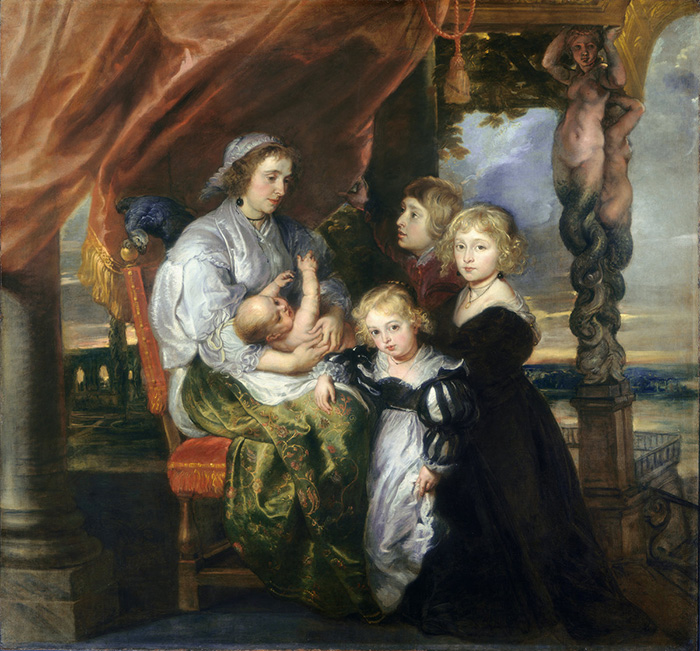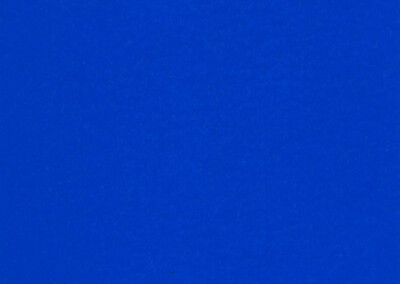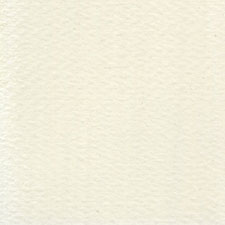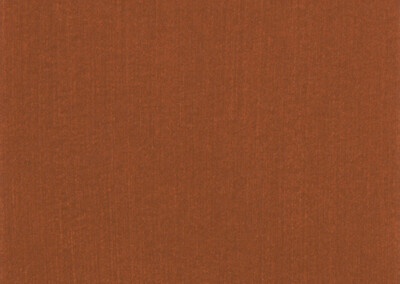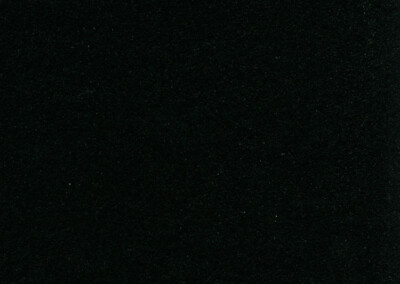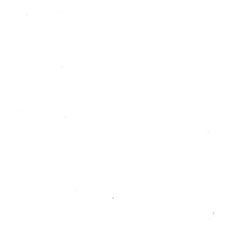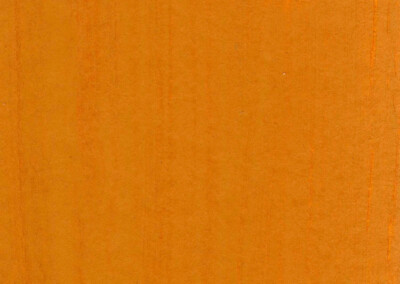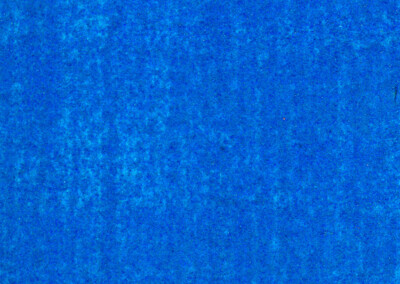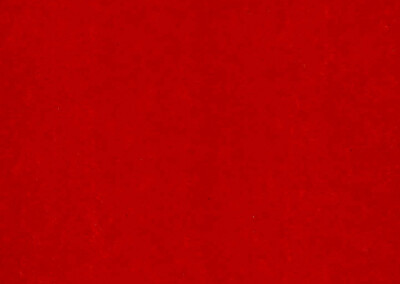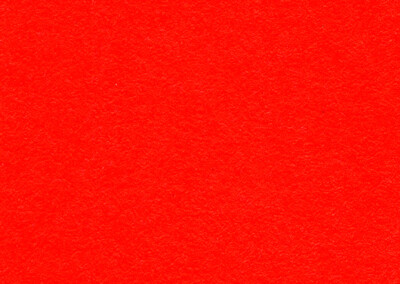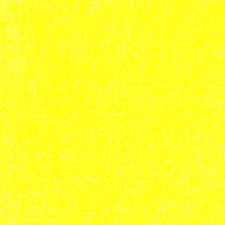Peter Paul Rubens, The Gerbier Family
1629-30 (possibly reworked by Jacob Jordaens after 1640)Peter Paul Rubens, The Gerbier Family
1629-30 (possibly reworked by Jacob Jordaens after 1640)Paintings sorted by Historical period | Painter | Subject matter | Pigments used
Overview of Rubens, The Gerbier Family
Medium: Oil
Support: Wood
Size: 165.8 x 177.8 cm
Art period: Baroque
National Gallery of Art Washington
Inventory number: 1971.18.1
Rubens painted ‘The Gerbier Family‘ in London while staying with his close friend Balthasar Gerbier. He returned to Antwerp with the unfinished painting. The completion of the painting after Rubens’s death in 1940 is ascribed to another painter, most probably Jacob Jordaens.
It is not known why Rubens did not include Balthasar Gerbier in this family portrait which only shows Gerbier’s wife, Deborah Kip, and her four children in elaborate and rich dresses.
Pigments
Pigment Analysis
The following pigment analysis is based on the technical examination of the painting by R. L. Feller (1). Images courtesy National Gallery of Art Washington.
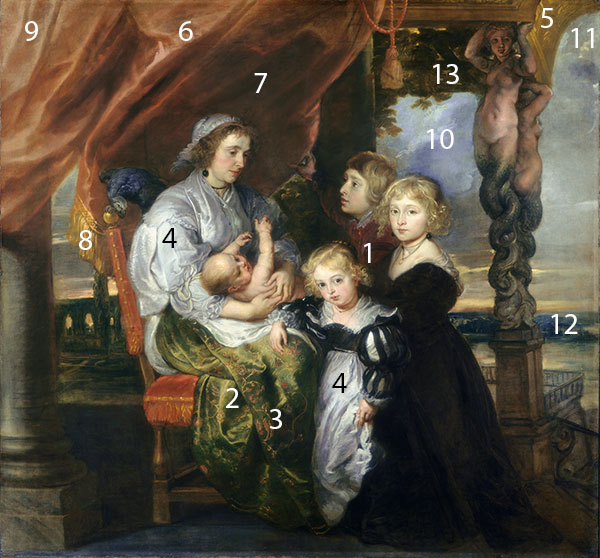
1 Red shirt of the boy: vermilion overglazed by a red lake.
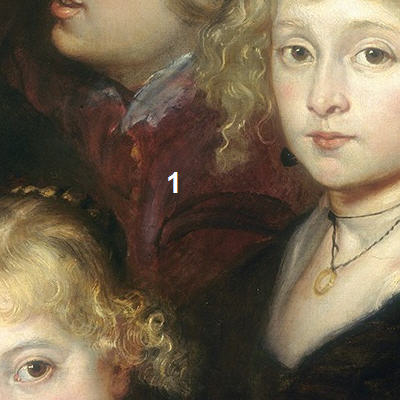
2 The green skirt of Deborah Kip: azurite, smalt, blue verditer (an artificial form of azurite), yellow ochre, lead-tin-yellow and yellow lake. The green colour is obviously achieved by mixing blue and yellow pigments.
3 Yellow brocade relief on the green skirt: lead-tin-yellow and lead white.
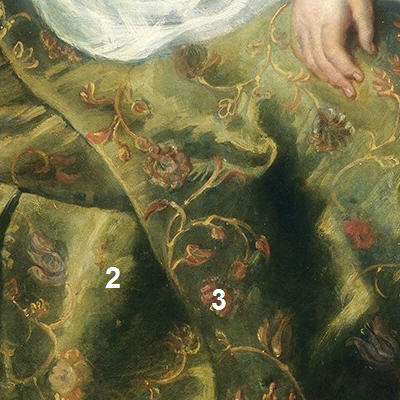
4 White garments of Deborah Kip and the younger girl: lead white
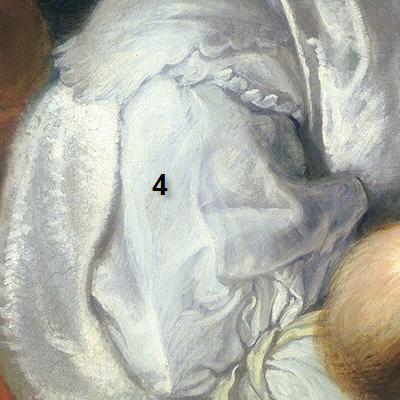
5 The yellow part of the pergola top right: yellow ochre
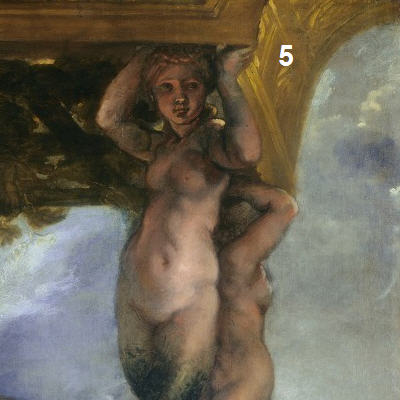
6 Middle tones of the red drapery: vermilion and red lake
7 Shadows of the red drapery: vermilion, red lake and charcoal black
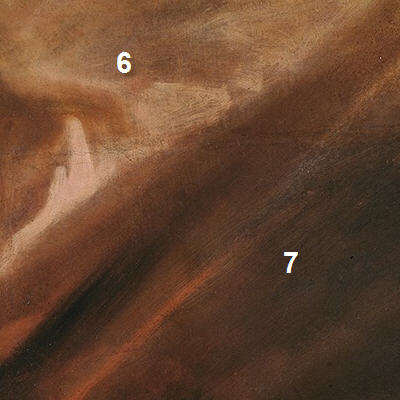
8 Yellow tassels at the end of the red drapery: lead-tin-yellow
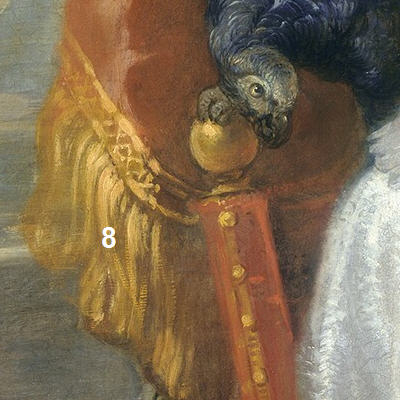
9 Light red of the drapery: vermilion, red lake, and lead white
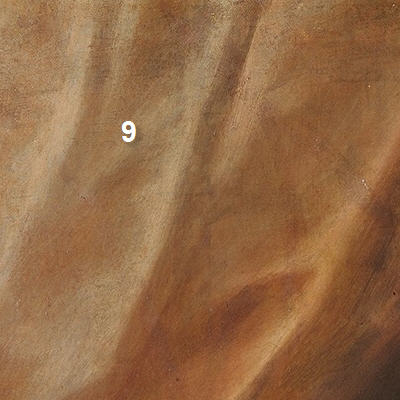
10 The sky: lead white coloured with smalt and charcoal black
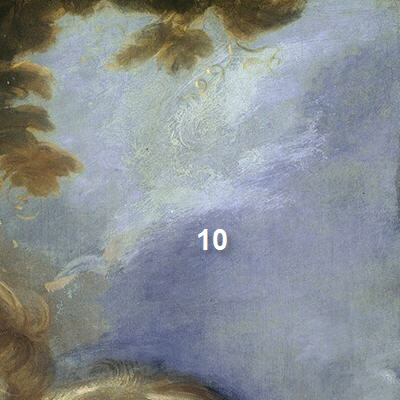
11 Yellowish highlights in the sky: lead white and lead-tin-yellow

12 Bluish-green landscape in the background: azurite
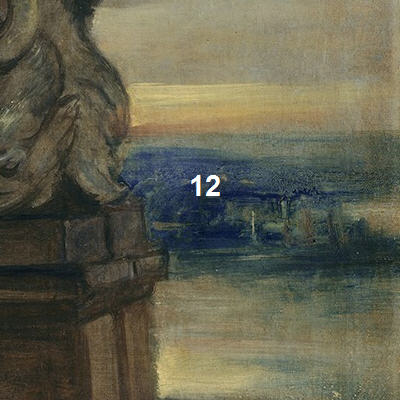
13 Green leaves in the background at the top: natural ultramarine mixed with other (yellow) pigments
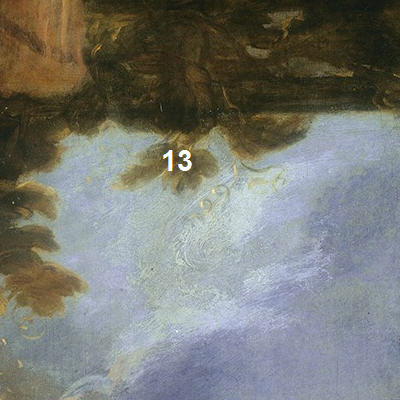
References
(1) Robert L. Feller, Rubens’s: The Gerbier Family: Technical Examination of the Pigments and Paint Layers, Studies in the History of Art, Vol. 5 (1973), pp. 54-74.
Pigments Used in This Painting
Resources
Videos
Video: 'Rubens, Samson and Delilah' by Paul Chapman
Video: 'Rubens, Samson and Delilah' by Join the Cult London
Video: 'Peter Paul Rubens: A collection of 832 paintings (HD)' by LearnFromMasters
Publications and Websites
Publications
(1) Robert L. Feller, Rubens’s: The Gerbier Family: Technical Examination of the Pigments and Paint Layers, Studies in the History of Art, Vol. 5 (1973), pp. 54-74.
(2) Richard D. Buck, Rubens’s: The Gerbier Family: Examination and Treatment, Studies in the History of Art, Vol. 5 (1973), pp. 32-53
(3) Bernard Keisch and Robert C. Callahan, Rubens’s: The Gerbier Family: Investigation by Lead Isotope Mass Spectrometry, Studies in the History of Art, Vol. 5 (1973), pp. 75-78
(4) Clovis Whitfield, Balthasar Gerbier, Rubens and George Vertue, Studies in the History of Art, Vol. 5 (1973), pp. 23-31
(5) Stechow, Wolfgang. “Peter Paul Rubens’s Deborah Kip, Wife of Sir Balthasar Gerbier and Her Children.” Studies in the History of Art 5 (1973): 6-22
(6) Melanie Gifford and Arthur Wheelock Jr., Completion and Replication: Deference to Rubens’s Original in the Versions of Deborah Kip, Wife of Sir Balthasar Gerbier, and her Children, Conference of Historians of Netherlandish Art, Antwerp, 15 March 2002.
(7) Nico van Hout, Arnout Balis, Rubens Unveiled: Notes on the Masters Painting Technique, Ludion Editions, 2012.
(8) Wheelock, Arthur K., Jr. Flemish Paintings of the Seventeenth Century. The Collections of the National Gallery of Art Systematic Catalogue. Washington, D.C., 2005: 196-205.
Websites
National Gallery of Art, Sir Peter Paul Rubens (Flemish, 1577-1640), online feature

